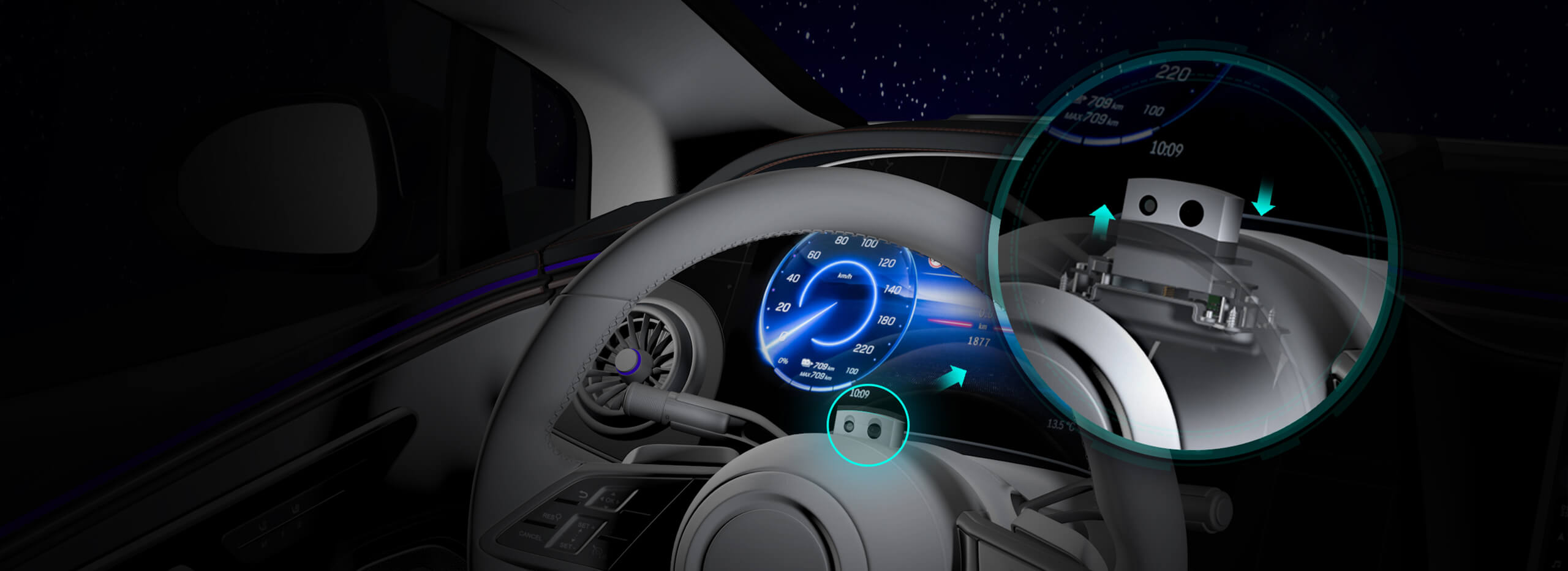When you’re diving into the world of motion control, one question that often pops up is: what’s the difference between stepper motors and servo motors? If you're trying to pick the right motor for a project, this is an essential consideration. While both motors serve similar functions, the way they operate and the kind of tasks they excel at can be quite different. So, let's break it down in a way that makes it easy to understand.

What is a Stepper Motor?
A stepper motor is pretty straightforward. Imagine it as a worker who only moves in small, discrete steps. It turns in fixed angles, which gives you precise control over its position. This makes stepper motors ideal for applications that need constant, steady motion—think 3D printers or CNC machines. The beauty of a stepper motor is in its simplicity. It doesn’t need feedback systems to maintain its position, which keeps costs down and makes it a popular choice for budget-friendly solutions.
But, there’s a catch: stepper motors can lose steps if they’re overloaded. This means that if the motor is asked to move too fast or handle too much weight, it might “skip” a step and fall out of sync. So, while they’re fantastic for controlled environments with predictable loads, they can be less reliable when the workload becomes unpredictable.
What About Servo Motors?
Now, servo motors are a different beast altogether. They’re like the athletes of the motor world—faster, stronger, and more versatile. Unlike stepper motors, servos are designed with feedback mechanisms that allow them to adjust their position continuously. This means they can hold precise positions even under varying loads and speeds. If you're running a robotic arm that needs to move fluidly and quickly, a servo motor is probably what you’re looking for.
What makes servos stand out is that they can operate at higher speeds and with much more torque than stepper motors. And because they have that built-in feedback system (often called a closed-loop system), they don’t tend to lose steps like stepper motors can. The downside? They’re more expensive and can be a bit overkill for simple tasks. But for high-performance applications, they’re hard to beat.
So, Which One Should You Choose?
Choosing between a stepper and a servo motor depends on your needs. If your project requires precise, consistent motion and you’re working within a fixed budget, a stepper motor is a solid choice. It's cost-effective, easy to control, and works well for many low-to-mid-level tasks.
On the other hand, if you need a motor that can handle higher speeds, more torque, and can maintain precision under load, then a servo motor might be the way to go. It’s a bit more of an investment, but for applications like robotics, CNC, or industrial machinery, it pays off.
A Real-World Example
Imagine you’re building a drone. For the drone’s arms to fold smoothly, a stepper motor might be fine, as it just needs to move in a fixed pattern with moderate load. But for the drone’s flight controls, a servo motor is a better fit. The servo can adjust the pitch and yaw quickly and precisely, compensating for the changing wind conditions without breaking a sweat.
Final Thoughts
At the end of the day, the choice really comes down to what you're aiming to achieve. Stepper motors are great for simple, precise, low-cost applications where a fixed motion is needed. Servos, however, excel when speed, torque, and reliability are required. So next time you’re making that decision, think about the specifics of your project, and you’ll know which motor to pick. The best part is, no matter which one you choose, you’re setting yourself up for a smoother, more efficient project!
Established in 2005, Kpower has been dedicated to a professional compact motion unit manufacturer, headquartered in Dongguan, Guangdong Province, China. Leveraging innovations in modular drive technology, Kpower integrates high-performance motors, precision reducers, and multi-protocol control systems to provide efficient and customized smart drive system solutions. Kpower has delivered professional drive system solutions to over 500 enterprise clients globally with products covering various fields such as Smart Home Systems, Automatic Electronics, Robotics, Precision Agriculture, Drones, and Industrial Automation.




































